



The Indian government plans to phase out the WHO's National Polio Surveillance Network, reducing units from 280 to 140 by 2026-27. Experts warn this risks polio resurgence, given cases in Afghanistan, Pakistan, and vaccine-derived poliovirus threats. Robust surveillance and funding for the Integrated Diseases Surveillance Programme are critical.

Copyright infringement not intended
Picture Courtesy: THE HINDU
The Union Government Proposes Phased Winding Down of National Polio Surveillance Network.
The Indian government has proposed a gradual, phased reduction of the World Health Organization (WHO)-established National Polio Surveillance Network (NPSN).
|
The National Polio Surveillance Network (NPSN), originally established as the National Polio Surveillance Project (NPSP) in the 1990s, is a disease surveillance system in India. It was a collaborative effort between the World Health Organization (WHO) and the Ministry of Health and Family Welfare (MoHFW). Its main objective is to support India's polio eradication efforts by establishing a sensitive system to detect, monitor, and respond to poliovirus transmission. |
The plan involves reducing the number of NPSN units annually, starting from approximately 280 units in 2024-25, decreasing to 190 in 2025-26, and further to 140 in 2026-27.
According to the WHO's representative in India, the transition aims to have government systems ramp up and absorb the surveillance functions. The ultimate goal is to subsume polio surveillance within India's Integrated Diseases Surveillance Programme (IDSP), headed by the National Centre for Disease Control (NCDC).
Poliomyelitis (polio) is a highly infectious viral disease that primarily affects children under five years of age.
Many infected individuals (about 75-90%) show no symptoms or only mild, flu-like symptoms. In rare instances, if the paralysis affects the breathing muscles, it can be fatal (5-10% of those paralyzed).
There is no cure for polio, so prevention through vaccination is crucial. Two main types of polio vaccines are used:
Multiple doses of the vaccine are needed to provide lifelong protection.
|
India was declared polio-free in 2014, following three years with no reported cases of wild poliovirus transmission. This achievement was the result of intensive, coordinated efforts, including widespread oral polio immunisation (OPV) campaigns. |
The Global Polio Eradication Initiative (GPEI) was launched in 1988 with the goal of eradicating polio worldwide. Wild poliovirus type 2 was declared eradicated in 2015, and type 3 was declared eradicated in 2019. Wild poliovirus type 1 remains endemic in only two countries: Afghanistan and Pakistan.
Proximity to Polio-Endemic Countries => India's neighbours, Afghanistan and Pakistan, continue to report wild poliovirus (WPV1) cases. This geographical proximity poses a constant threat of poliovirus importation.
Risk of Vaccine-Derived Poliovirus (VDPV) => Danger from circulating vaccine-derived poliovirus (cVDPV), particularly type 2 (cVDPV2). India stopped using the trivalent oral polio vaccine (tOPV), which included the type 2 component, in 2016 and switched to the bivalent OPV (bOPV, types 1 and 3). This means children born after this switch are not immunized against type 2 poliovirus.
Global Resurgence => The decision comes at a time when a global resurgence of polio has been reported. New cVDPV2 detections have been reported in several countries, including some in Europe. Diluting the surveillance network now could leave India vulnerable to a polio resurgence
Robust and uninterrupted monitoring systems are essential during and after any transition period to quickly detect polio.
Ongoing partnerships with international bodies and continuous evaluation of potential risks are vital.
The Integrated Disease Surveillance Programme (IDSP) requires sufficient funding and logistical support to effectively take on new responsibilities related to polio surveillance.
India must proceed with extreme caution, ensuring its surveillance and response mechanisms remain strong to protect its significant achievement of being polio-free.
Must Read Articles:
Source:
|
PRACTICE QUESTION Q. India was declared polio-free in 2014. What was the key condition for this declaration? A) Successful completion of a countrywide oral polio immunisation campaign. B) Three years of no case caused by wild poliovirus transmission. C) Phasing out of the World Health Organization-established National Polio Surveillance Network. D) Replacement of oral polio vaccine (OPV) with injectable polio vaccine (IPV). Answer: B Explanation: The World Health Organization (WHO) has specific criteria for declaring a country or region polio-free. The most critical condition is the absence of any indigenous wild poliovirus (WPV) transmission for at least three consecutive years in the presence of high-quality, certified surveillance. |
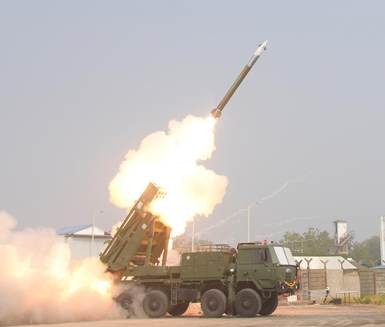
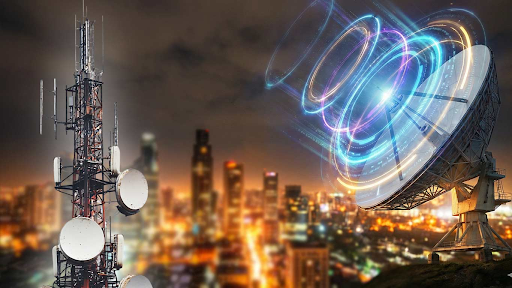
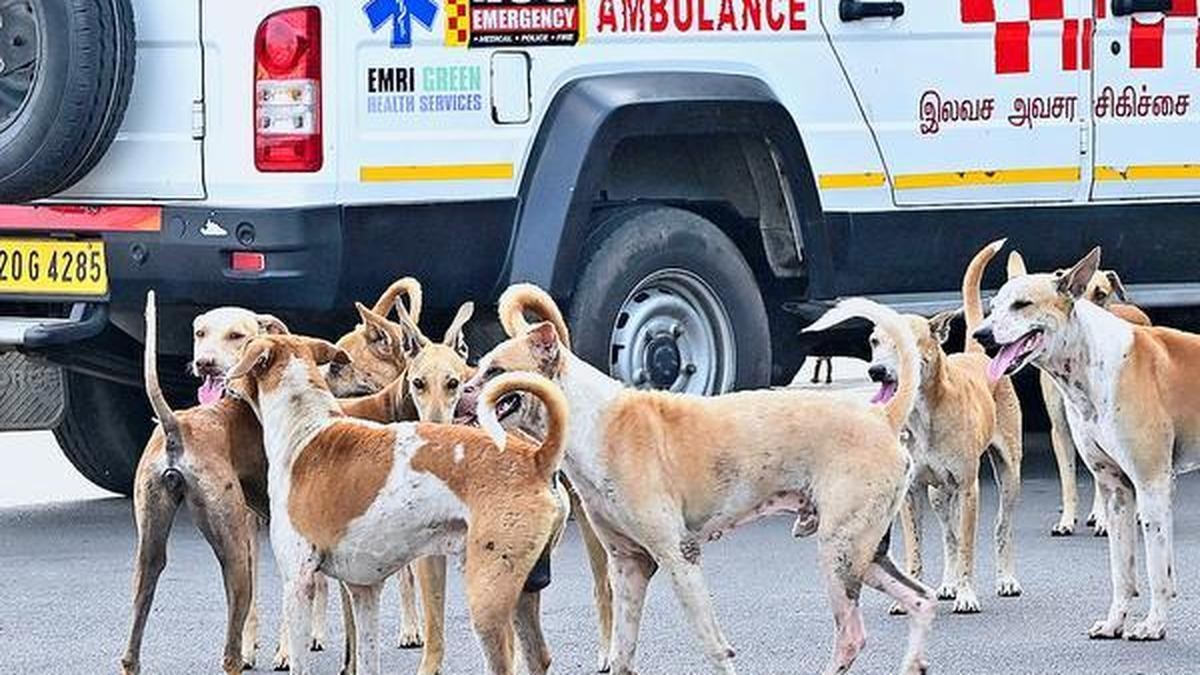
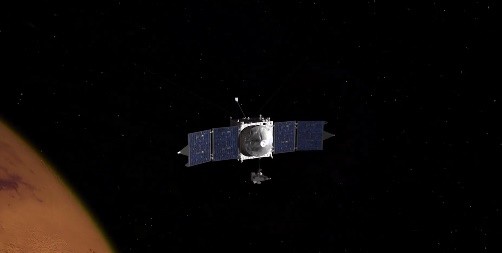


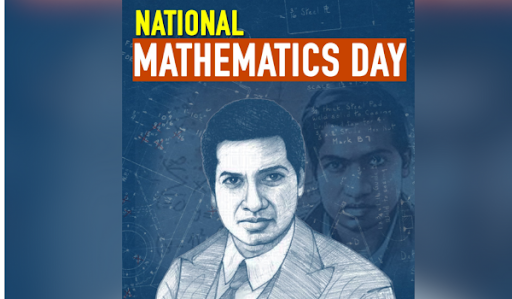
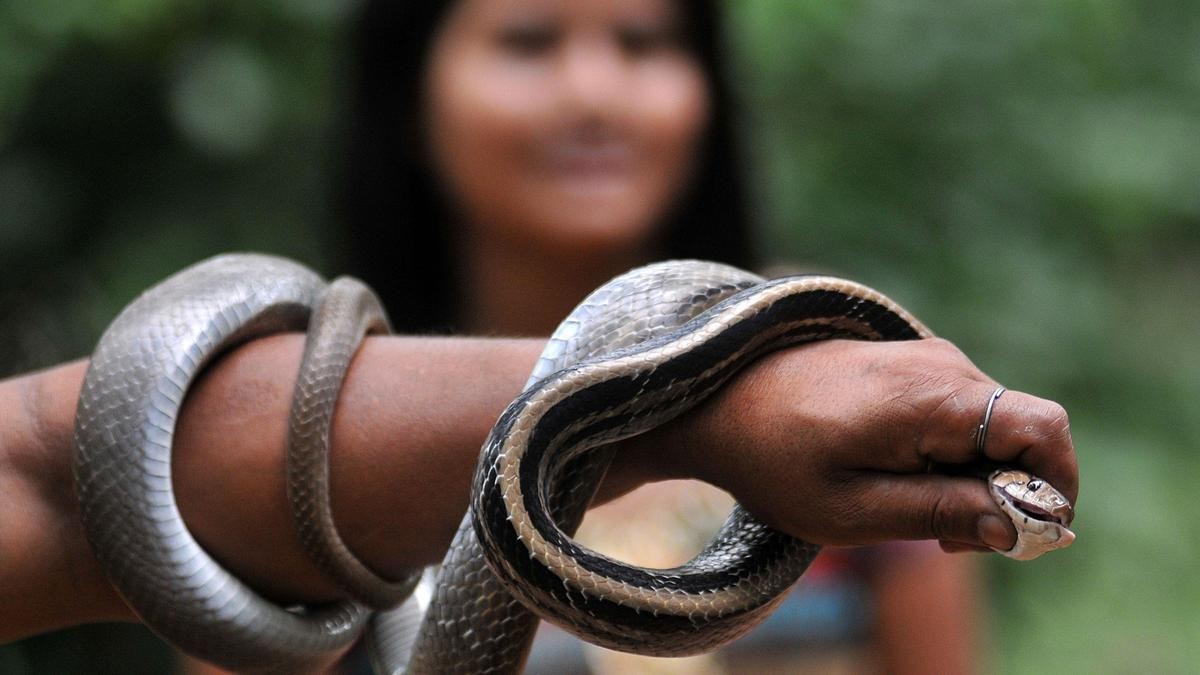

© 2026 iasgyan. All right reserved